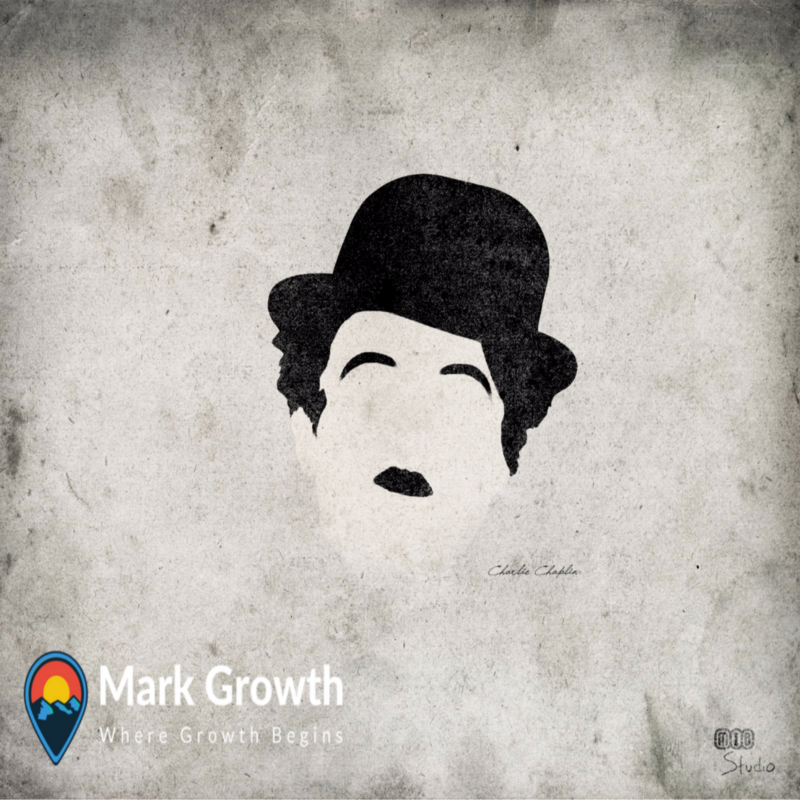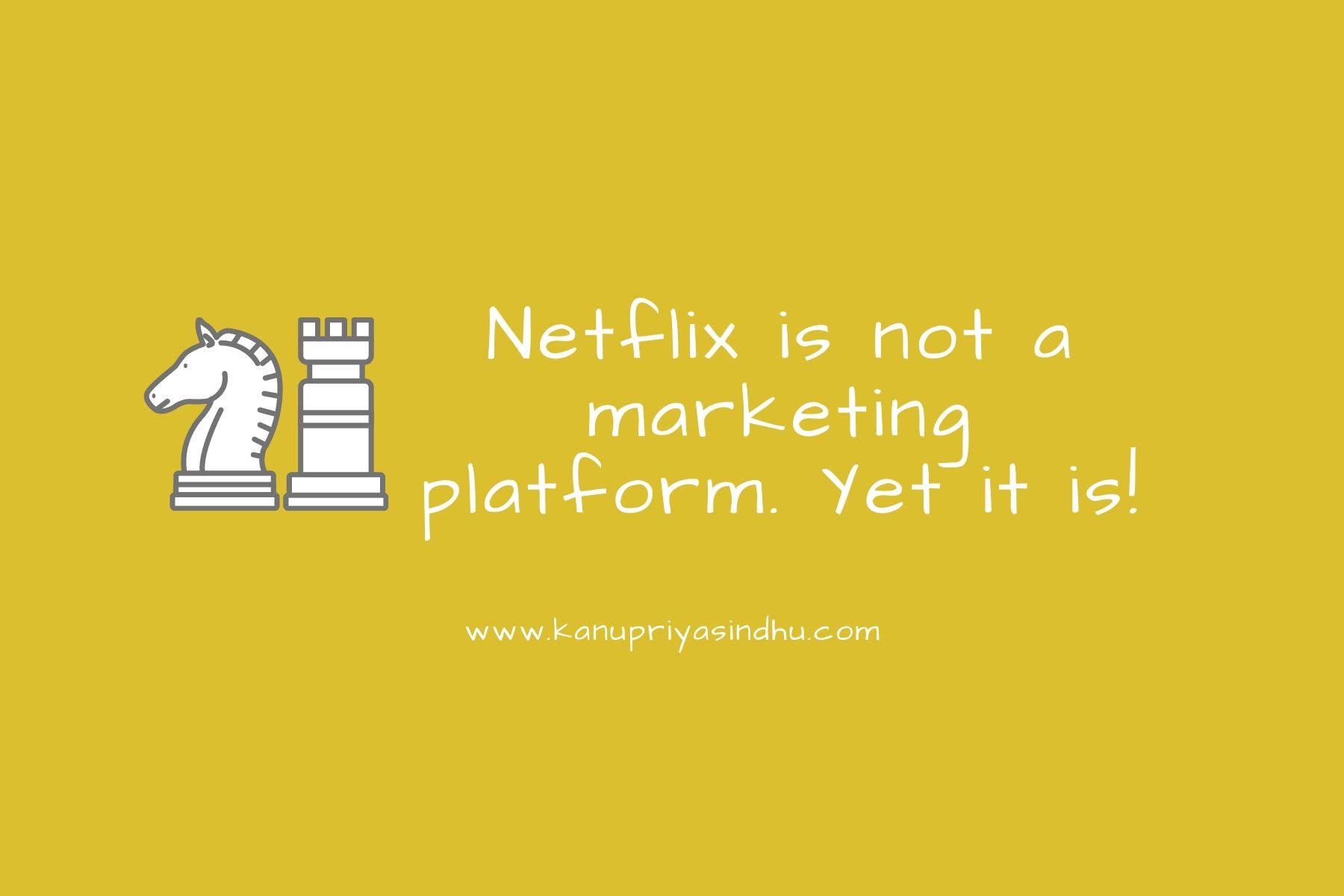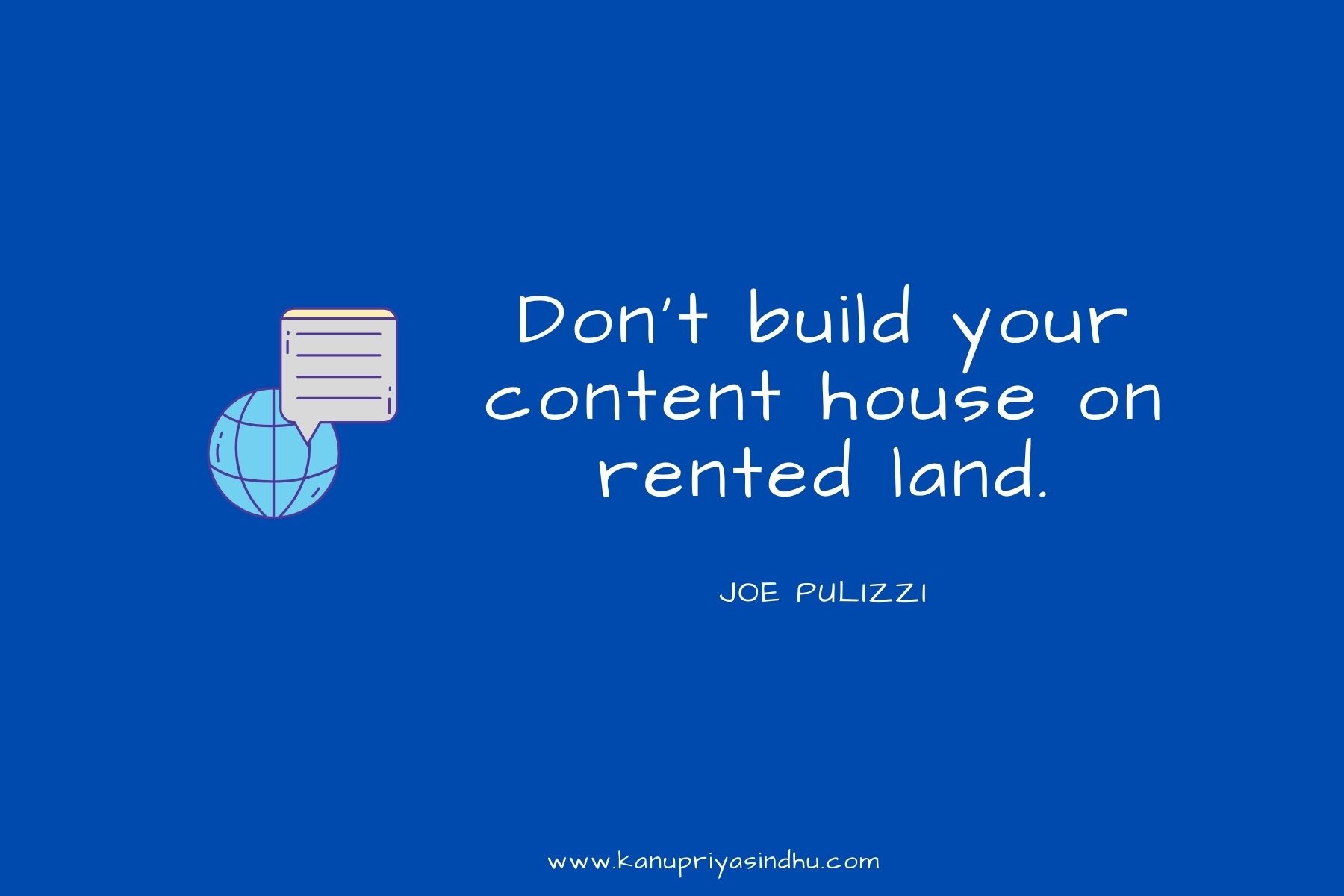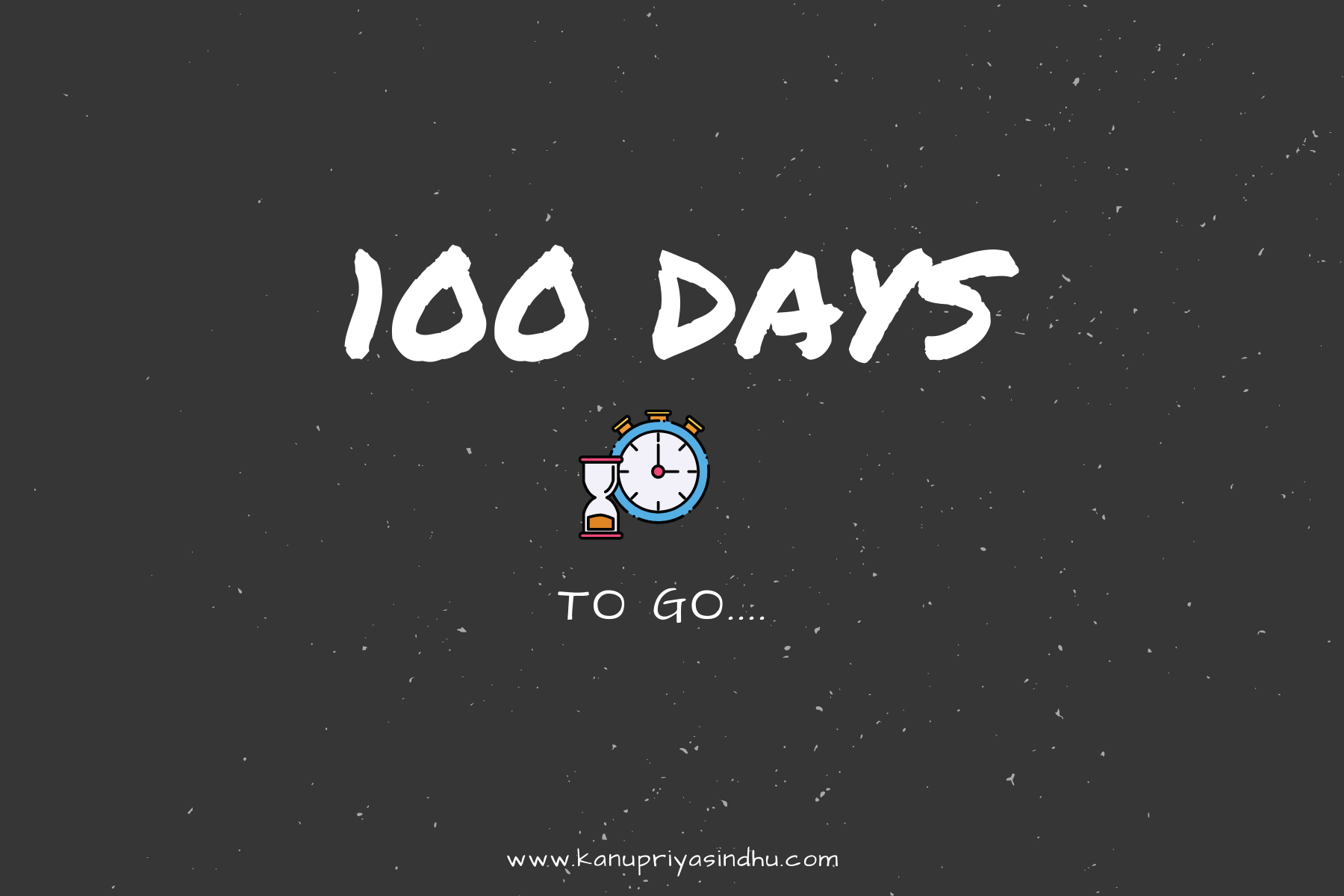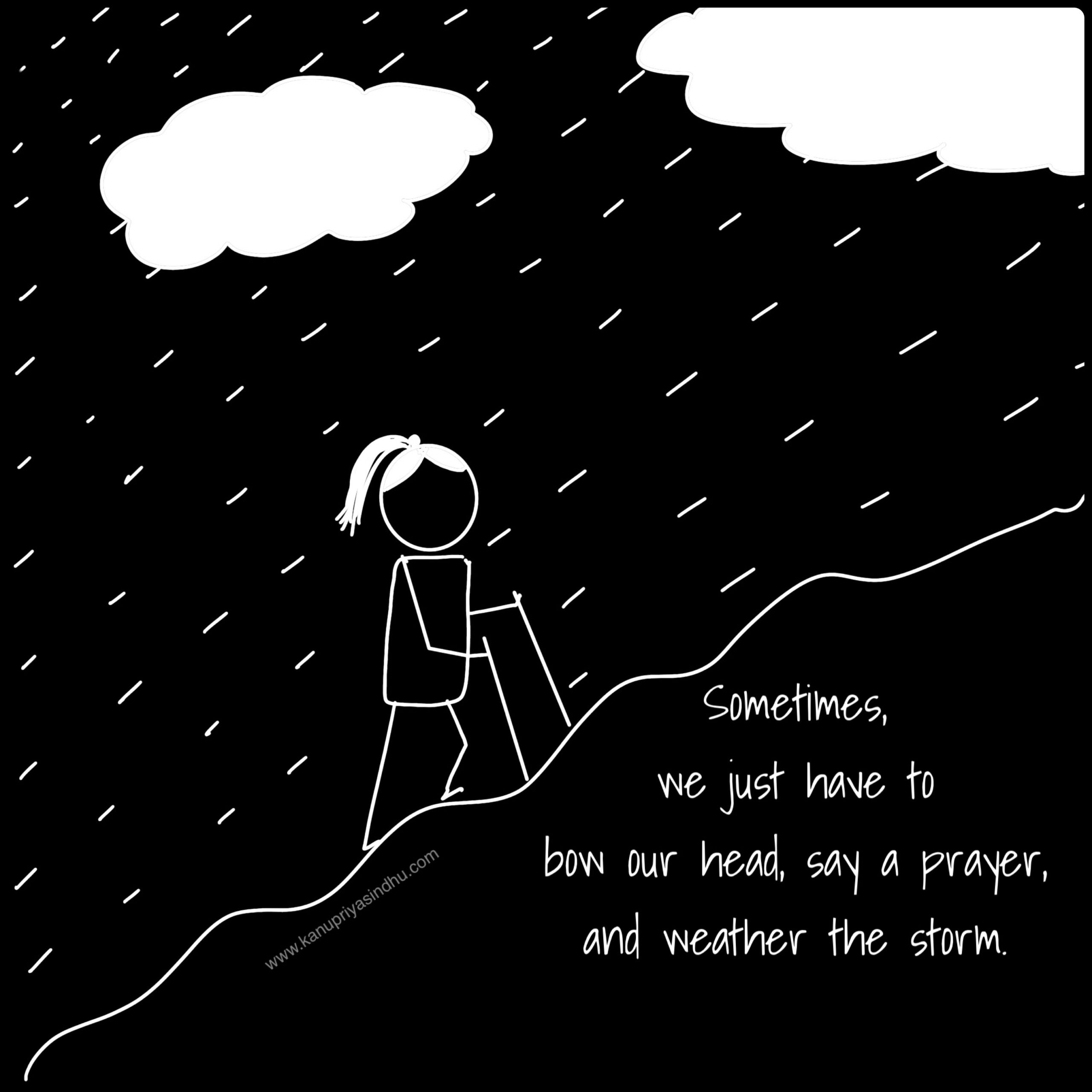Visual storytelling works — from brands to babies. It has always worked for almost any kind of audience since ages but in this age of digital excess, it’s working like never before. Having spent good number of years in photography and digital industry, I can safely say that from communicating to comprehending, visuals have now become the prime language for many.
My personal litmus test for the power of visual storytelling? My 5 year old :-). 3 scenarios that are regular in my household-
I narrate a story to him;
I narrate a story to him and show him the pictures;
I narrate a story to him, show him the pictures and then let him play with his book asking to observe the pictures for few seconds;
Without fail, connect as well as recall of the stories are highest in the third scenario.
Ah that’s why I say, no one can teach you management or consumer behavior lessons better than children, I think most of the parents out here will agree to this 🙂.
Still need some attestations on the power of visuals?
Well scientifically speaking, we humans process visuals 60,000 faster than text. Visuals help improve learning by 400 per cent and content with engaging visuals have 80% more chances to be consumed by users today. In case data excites you, you can check out more such interesting visual content statistics for 2017 at Hubspot.
Considering we live in a visual world today, we all know that visual storytelling is extremely important, then why am I writing this post again? Because for many, visuals are still an afterthought — something that you add as supporting to your text or something that you add just to increase the CTRs. Visual storytelling is an art that requires as much thinking and planning as any other form of communication. Here’re some quick pointers on things to consider next time when you are trying to plan for your visual content:
- Have an objective: Like any other form of marketing, have a purpose when it comes to visuals too. In this Instagram & Pinterest era, it’s the visual content that actually does all the talking, from selling to engaging. Instead of inserting any stock image as addendum, think about “Why”, for “Whom” and “What” kind of visuals and plan accordingly.
- Choose an appropriate format: Recently I was chatting with the team of a home decor brand where they have stuffed all their beautifully shot images into a quick abrupt gif. On questioning why they did so, the answer was — because gifs are very popular these days and they ensure a higher CTR! No, not everything will ensure a higher CTR if you haven’t put your thoughts behind why are you using that visual content. When it’s a home decor segment, perhaps those gorgeous pictures of each room and clean shots of each product would have been more engaging than a poorly executed gif. Think about your category, your target audience, your business objective and choose the visual content format sensibly.
- Keep it clean: I am sure, by now every human on this earth has read that in our continuously connected lives, our attention span is now lesser than that of a goldfish :-). Different people have different interpretations of this but for a marketer, it only means one thing — attracting attention of your users are tougher like never before. Do not try to communicate too many things in one visual. For e.g., an ad on Instagram highlighting all your products as a collage vs one clean bold image highlighting one message at a time — you know the answer for which one will work better.
- Quality matters: I mentioned this in one of my previous posts too, in this age of picture perfect user generated content, there is just no place for average visual content by brands. We all understand the need to cope up with the pace of internet, but being fast can’t substitute for quality especially in today’s clutter of content overload. The quality of your visual content matters and that too, a lot. Invest in the same and see the difference.
- Be meaningful: Keeping aside my professional background in product and marketing, I am also an artist by passion. I am someone who loves to express my thoughts through paint-brush and considering my professional as well as personal background, I can safely say that there is no better tool to tell complex stories than meaningful visuals. A meaningful visual has the power to communicate the most complicated emotions without uttering a word. Today when skimp reading is at an all time high, it’s all the more important for brands to have impactful visual content, something that can stand on it’s own, connect and communicate to your audience without relying on the text below. There are videos that catch your attention within first 3 seconds and there are photos that speak for themselves. I personally prefer two checkpoints when it comes to evaluating the visuals for my campaigns — 1. Is this visual communicative in itself? 2. Is it compelling enough to excite the users to read / learn more?
So, what are your thoughts on visual storytelling and checkpoints for your visual content? Would love to hear from you in the comments section below.
My favorite visual storyteller? The legend in the picture above. Sometimes, the aspirational storyteller in me just sits and watches his videos for hours in loop.
And after watching few videos by Ekaterina Walter, I have ordered her book on The Power of Visual Storytelling. You may check out one of her interesting videos below, it’s a long one but has got good examples to ponder over.
Any other book or video that you liked on visual storytelling? Do let me know if you have any awesome recommendation for me.
Thank you for reading. If you liked this post, please click this little button ? below to recommend it to others.
